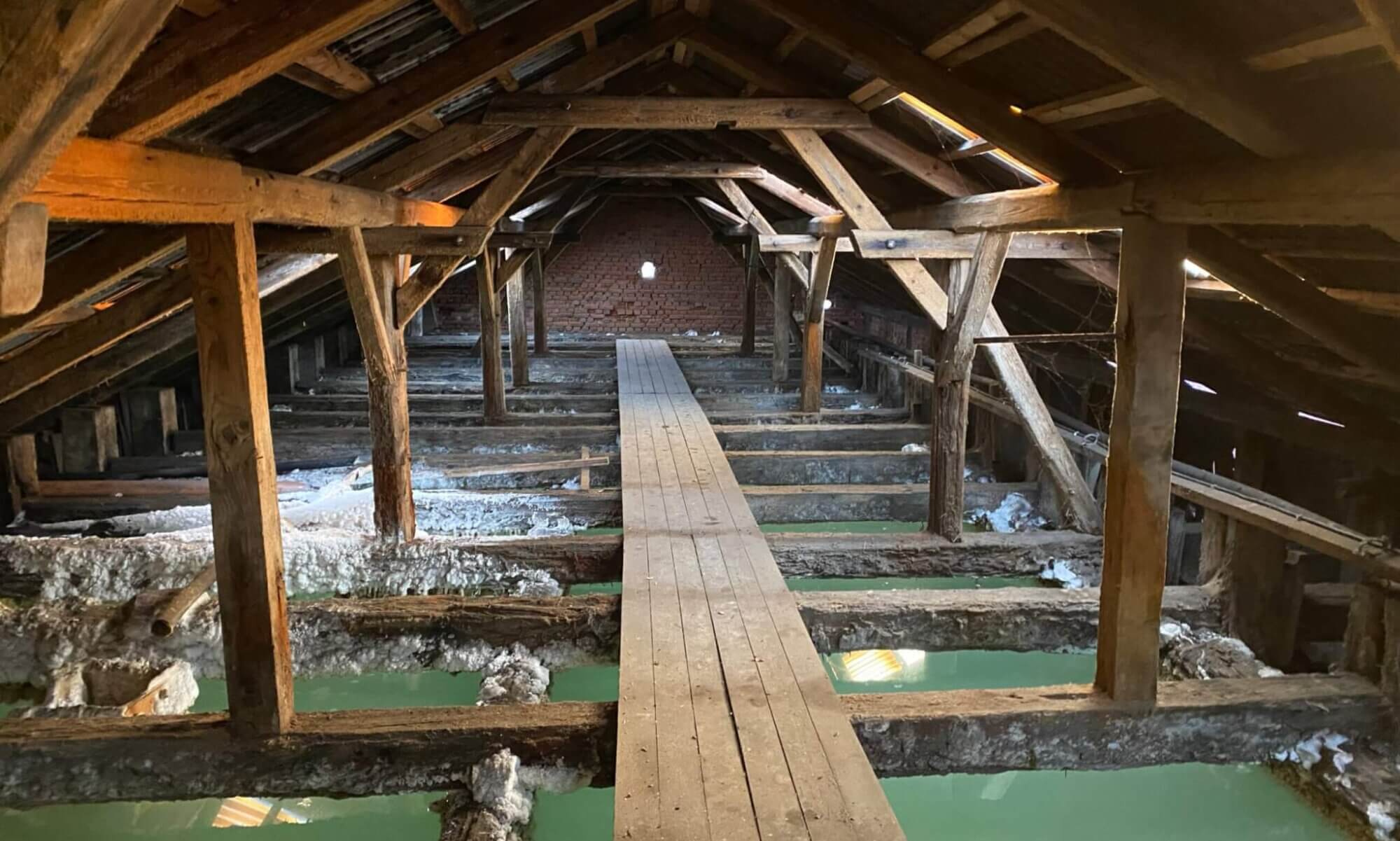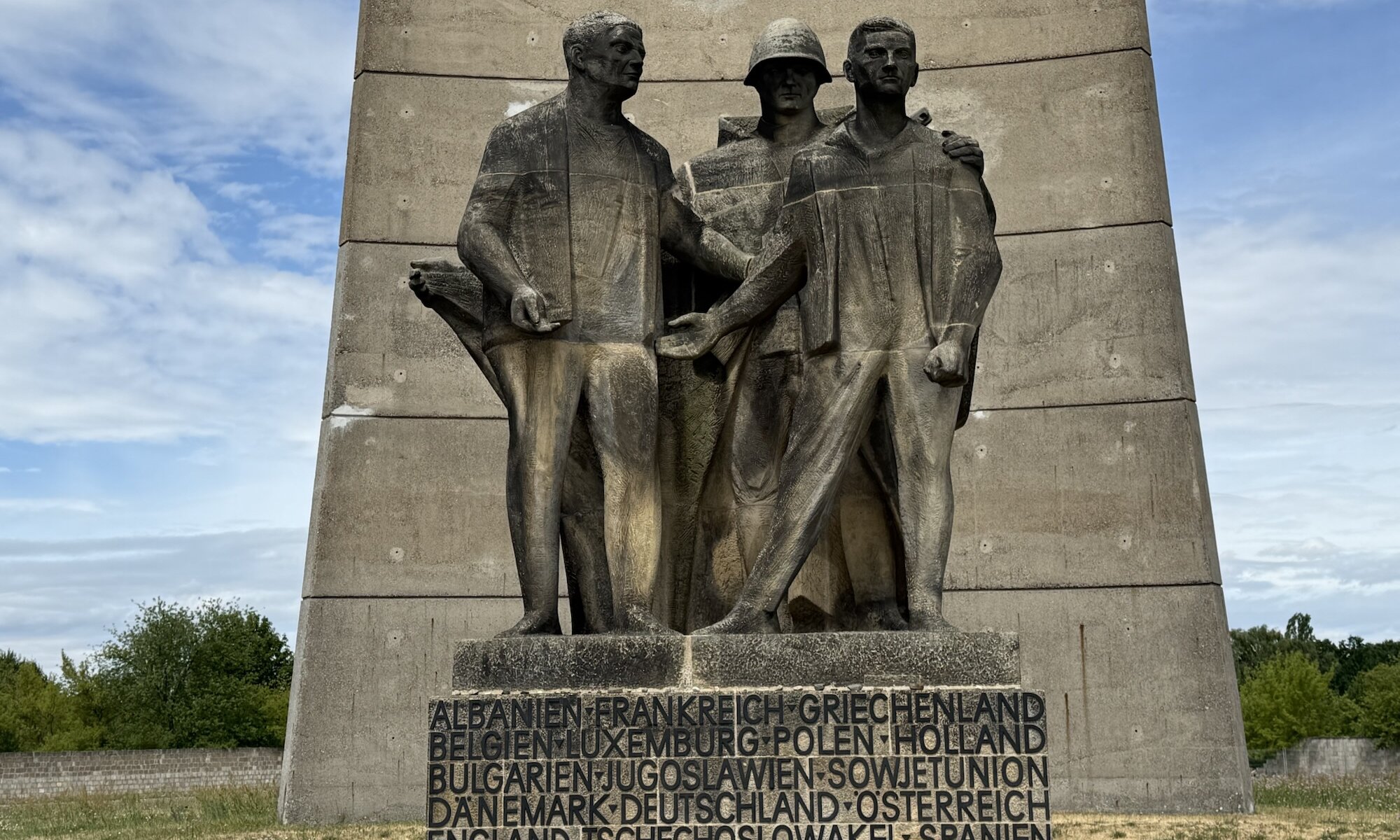Visiting the Konzentrationslager Sachsenhausen in Oranienburg, just north of Berlin, is a sobering and deeply educational experience. Established in 1936 by the SS, Sachsenhausen was intended as a model camp, both in its design and its function. Initially, it held political prisoners, but over time, its population expanded to include Jews, Roma, Sinti, homosexuals, Jehovah’s Witnesses, and Soviet prisoners of war. The camp became notorious for its harsh conditions, forced labor, medical experiments, and systematic executions. After the end of the Nazi regime, the site was repurposed by the Soviets as a special camp for political prisoners and former Nazis, where thousands more perished.

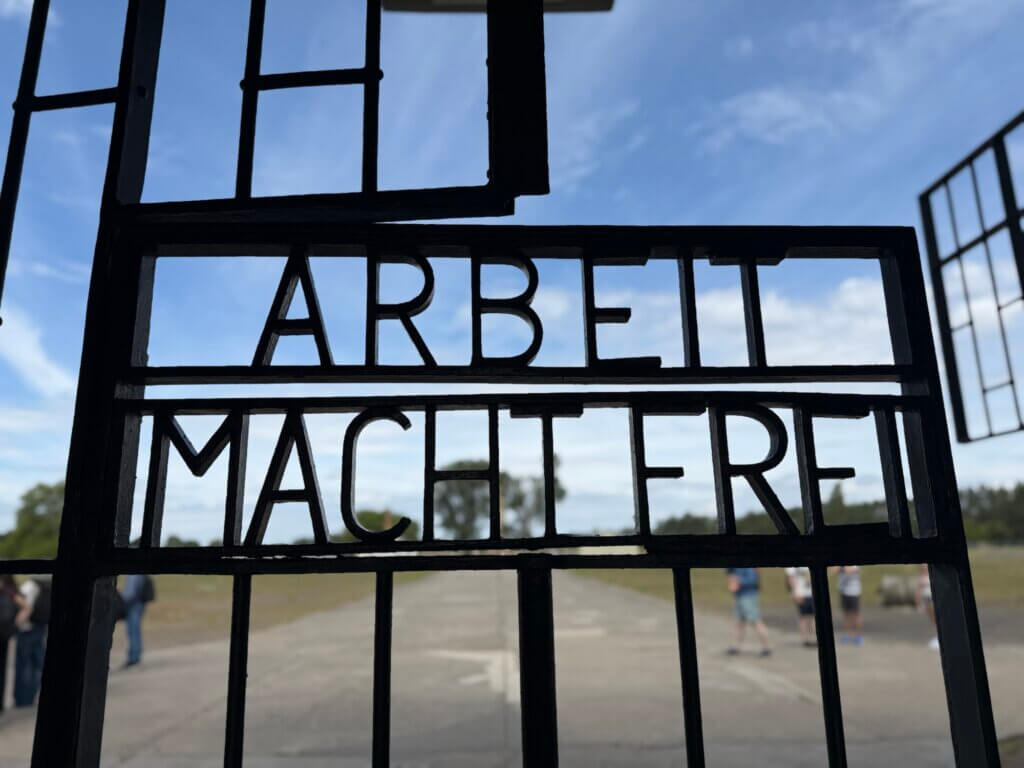
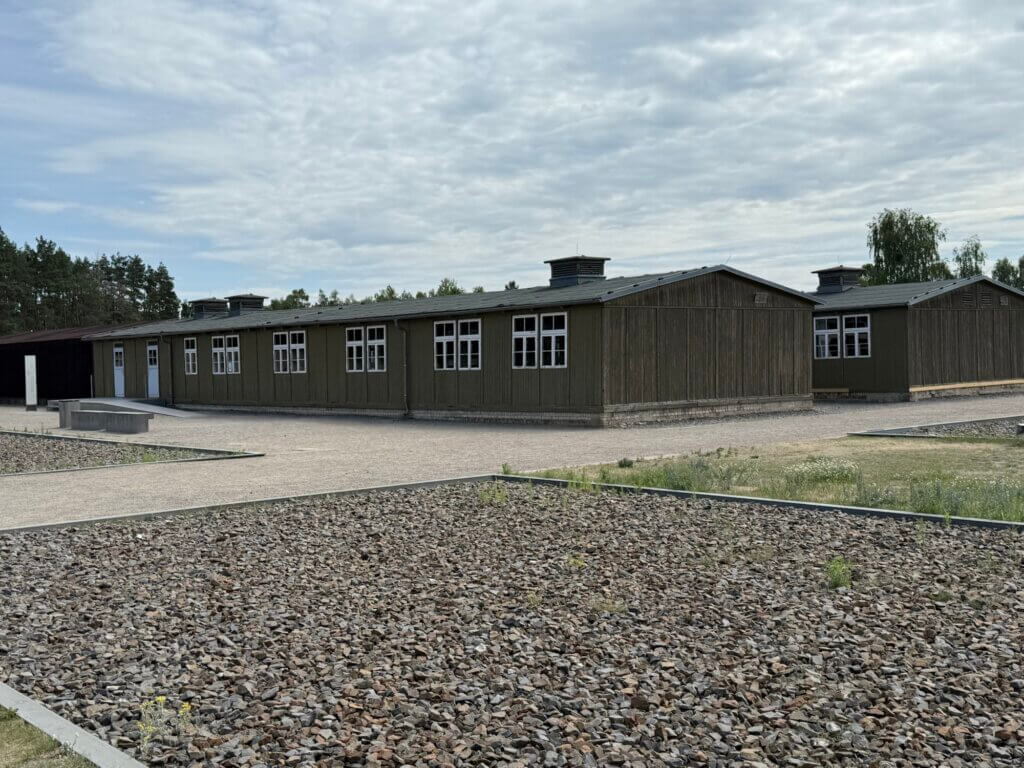
One of the most striking aspects of Sachsenhausen is its unique geometric layout. The camp was designed in the shape of an isosceles triangle, with the main entrance – Turm A – at the apex. This design was not arbitrary; it allowed the guards in the central watchtower to oversee the entire camp, symbolizing the total control and surveillance imposed on the prisoners. The barracks radiated out from the roll-call square, ensuring that no area was hidden from view. This geometry was a physical manifestation of the regime’s intent to dominate and dehumanize those imprisoned within its fences.
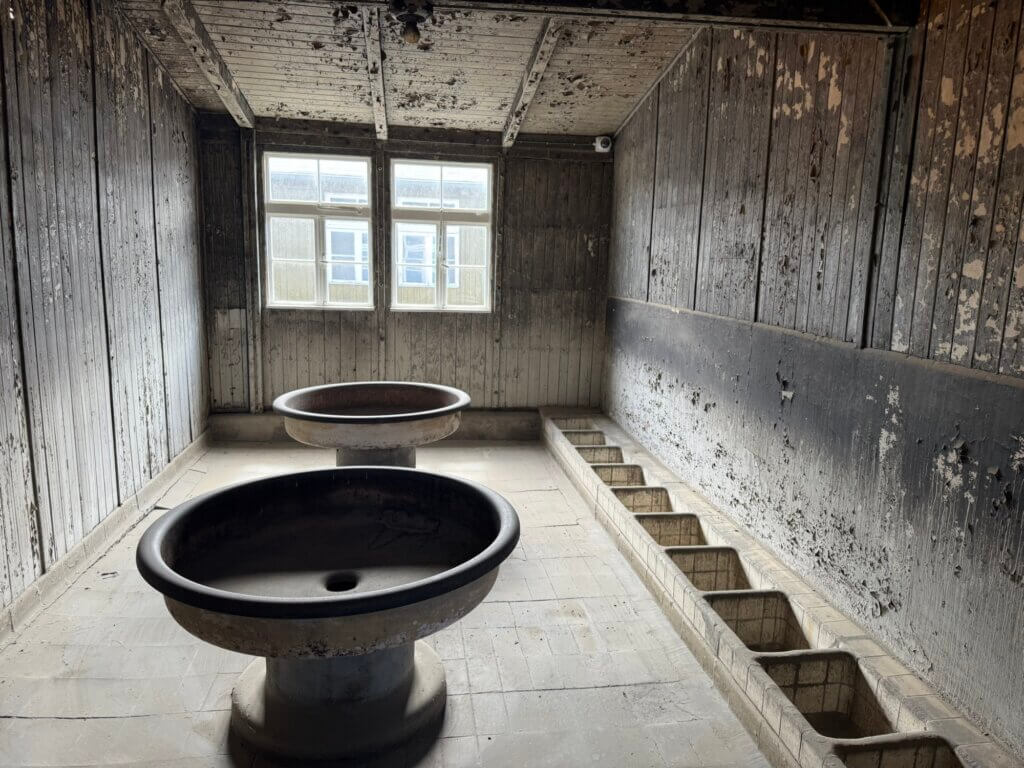
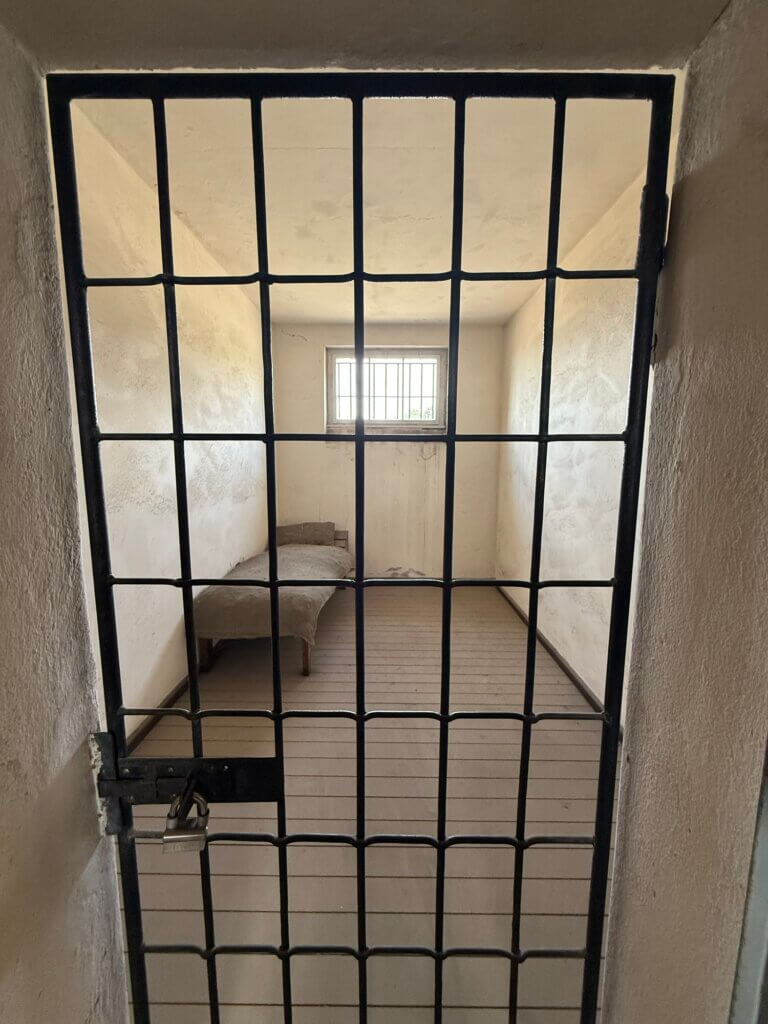
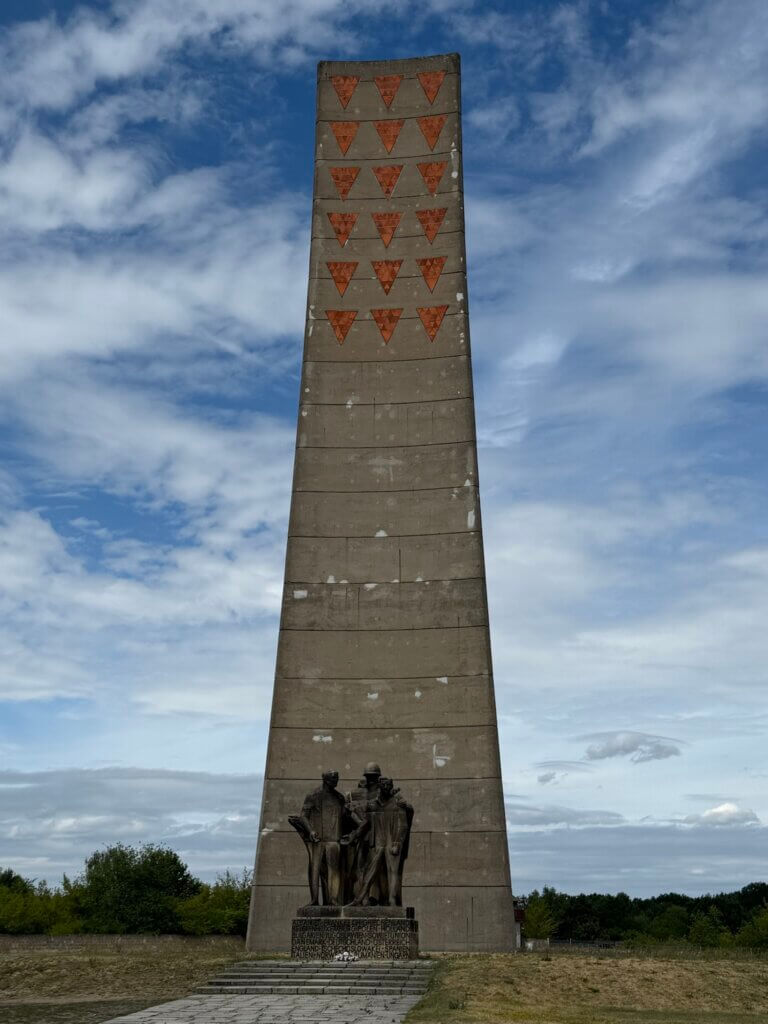
Today, Sachsenhausen stands as a memorial and museum, preserving the memory of the atrocities committed there and serving as a powerful reminder of the consequences of unchecked hatred and totalitarianism. Visitors can walk through the original entrance gate, still bearing the cynical inscription “Arbeit macht frei” (“Work Sets You Free”), and explore the roll-call square where prisoners were forced to stand for hours in all weather. Some of the original barracks have been reconstructed to illustrate the cramped and inhumane living conditions, while others are marked only by their foundations, creating a haunting sense of absence.
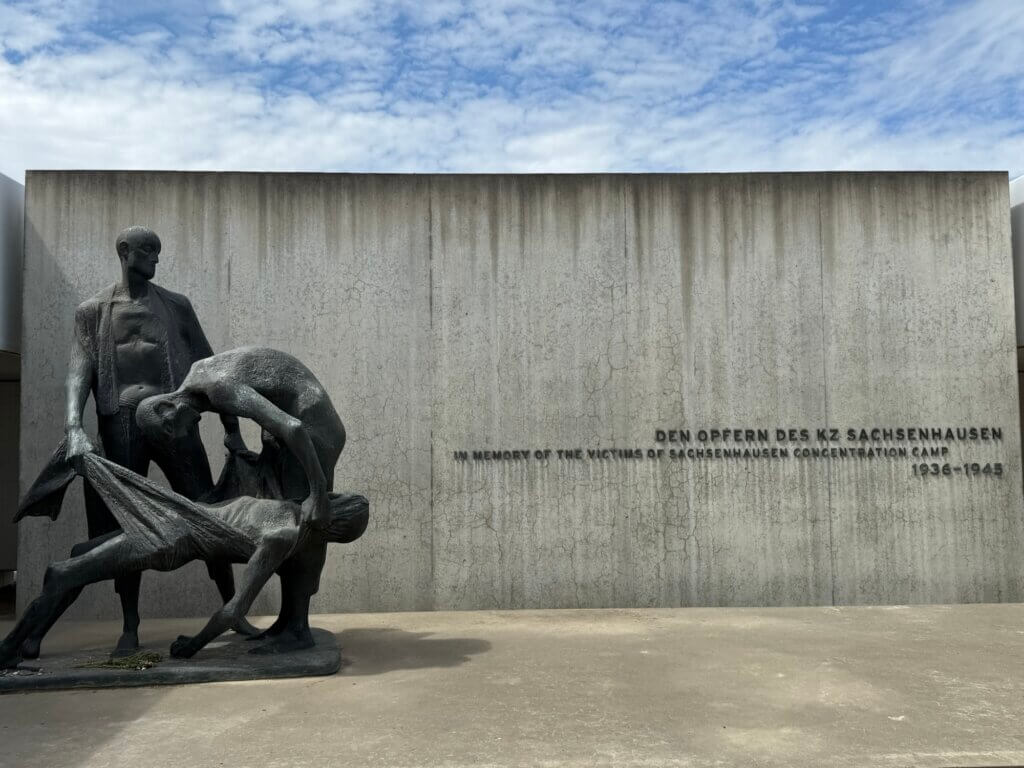
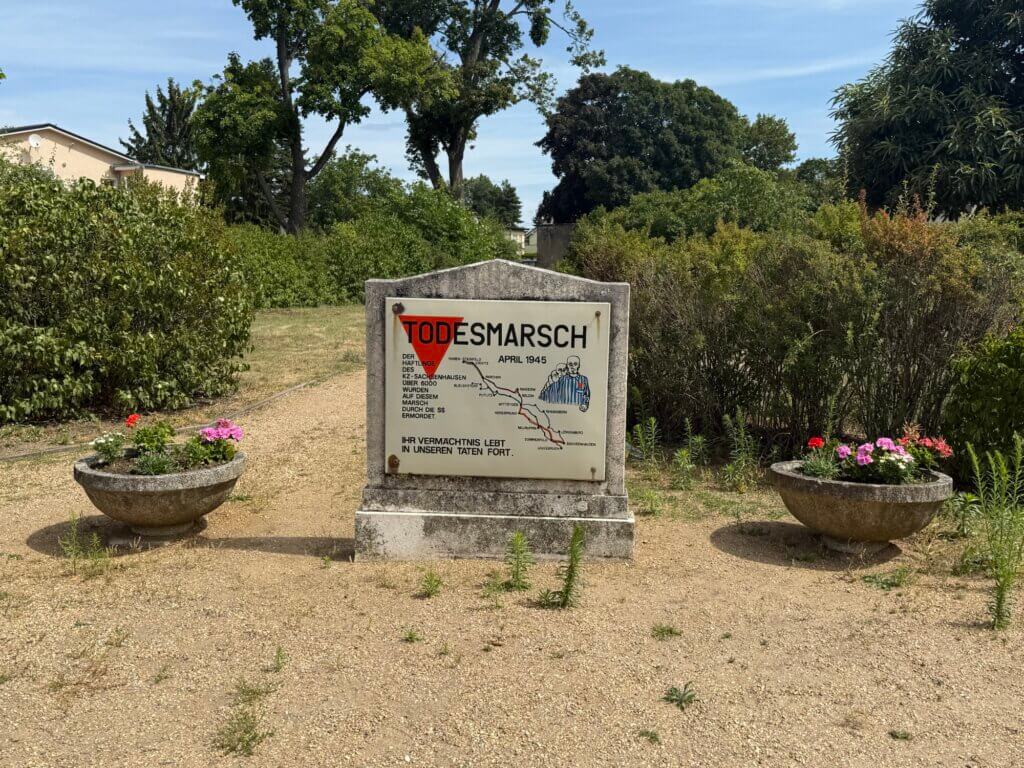
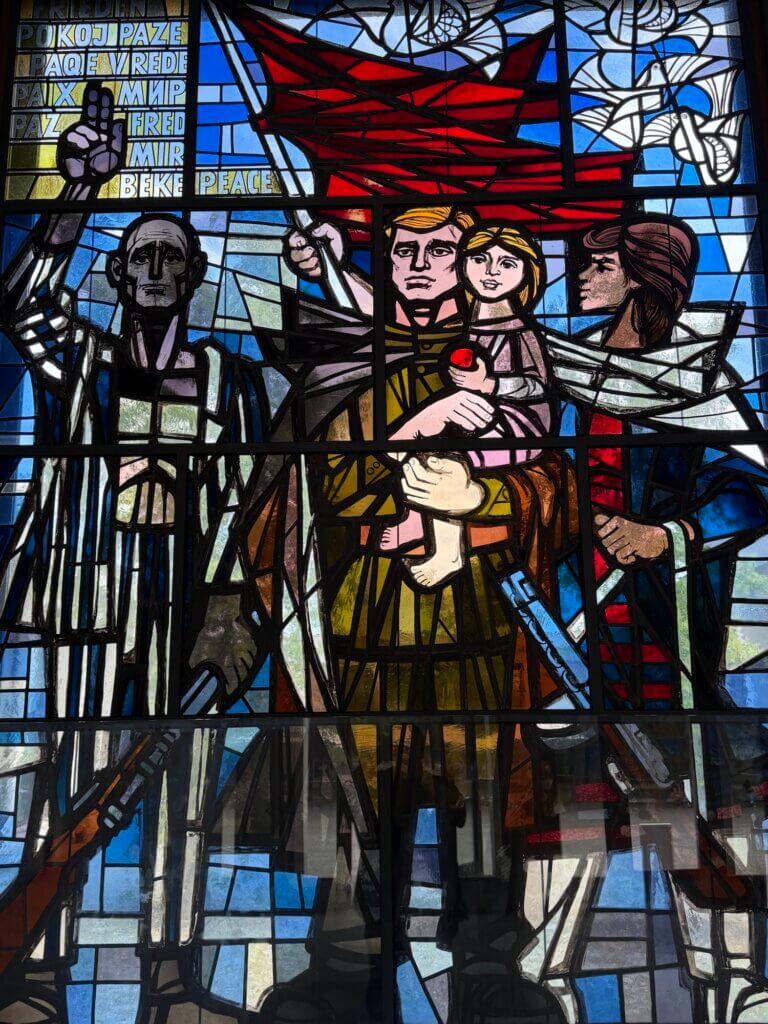
Key sites within the memorial include the prison block, where special prisoners and political enemies were held; the pathology building, which details the medical experiments conducted on inmates; and Station Z, the execution complex with its crematorium and gas chamber. Exhibitions throughout the site provide historical context, personal stories, and artifacts from both the Nazi and Soviet periods. The experience is emotionally challenging, but it is an essential visit for anyone seeking to understand the darkest chapters of 20th-century history and to honor the memory of those who suffered and died there. Take S1 (running through the central part of Berlin) to Oranienburg and switch there to bus 804 that stops directly in front of the museum.
Gedenkstätte und Museum Sachsenhausen
Konzentrationslager Sachsenhausen
Oranienburg
Germany
Loading map...

